Evaluating Wall vs. Floor Safe Installation Options
Chosen theme: Evaluating Wall vs. Floor Safe Installation Options. Explore a practical, down-to-earth comparison to help you choose a secure, sensible, and easy-to-live-with installation. Join the conversation, ask questions, and subscribe for future deep dives.
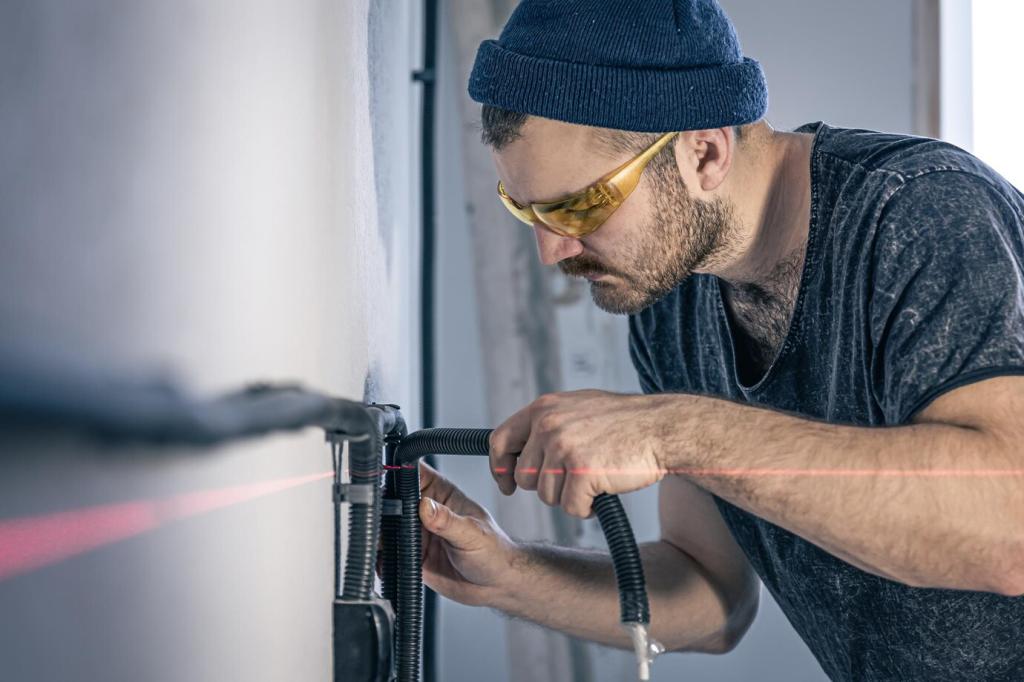


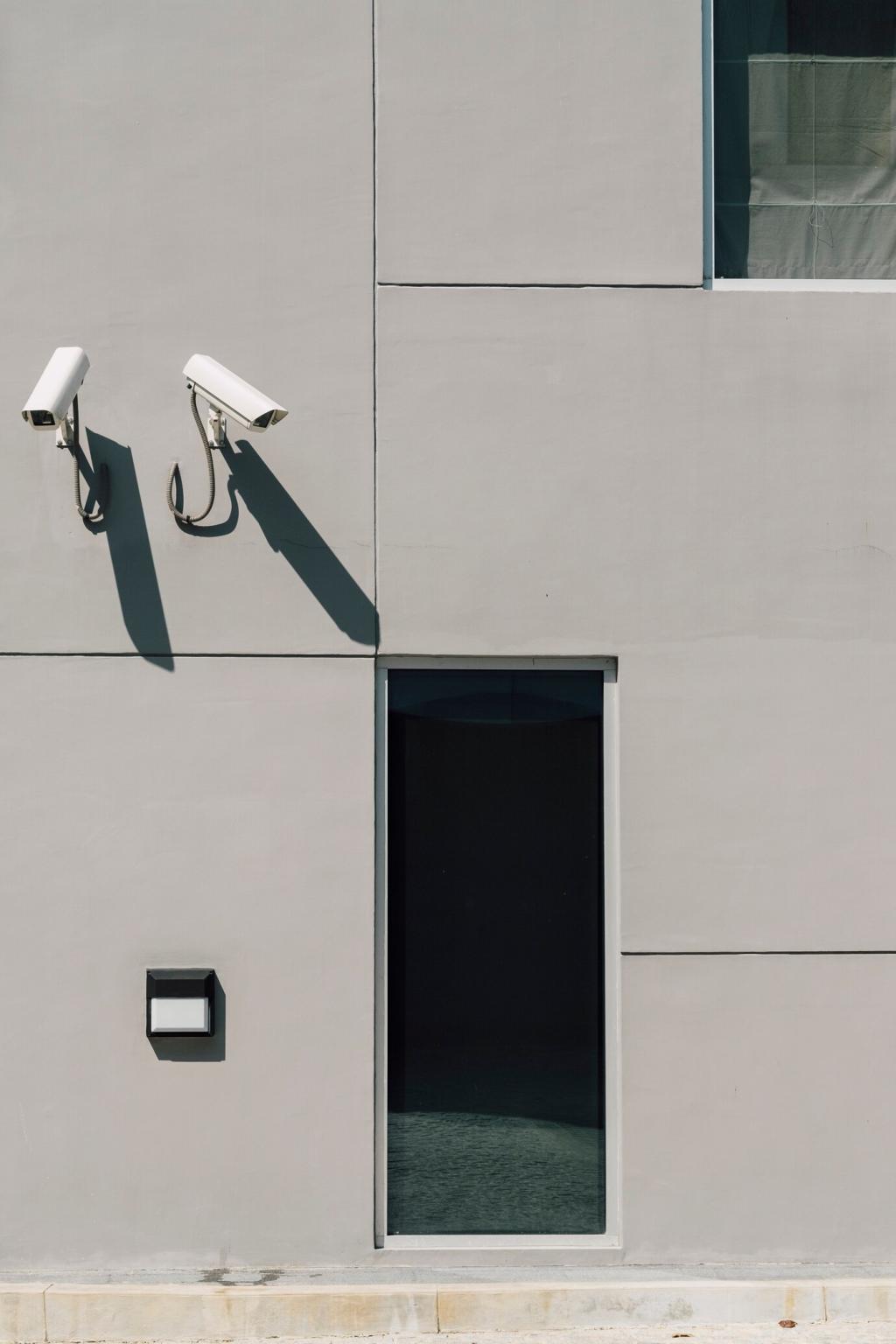
Home Structure and Site Assessment
Use a high-quality stud finder and inspection camera to confirm stud spacing, usually sixteen or twenty-four inches on center, and locate wiring or plumbing. Avoid exterior walls with insulation you cannot replace neatly. Share your floor plan questions below, and we’ll discuss safer placement ideas.


Home Structure and Site Assessment
A slab-on-grade floor safe demands careful concrete cutting and moisture mitigation, while raised floors involve joist spans and subfloor reinforcement. Basements may add humidity challenges, making liners and desiccants essential. Comment with your foundation type to get tailored moisture-control and reinforcement suggestions.
Wall Safe Workflow Essentials
Mark the stud bay carefully, confirm clearances, and open the cavity with minimal cuts. Frame the opening to distribute load, then lag-bolt the safe through studs. Shim for square, flush the face with trim, and test door swing. Share progress photos to inspire others and get feedback.
Floor Safe Workflow Essentials
Score and cut concrete with a wet saw, watch for rebar, and form a cavity with clean edges. Add a moisture barrier, pour high-strength mix, and set anchors before cure. Confirm levelness, lip height, and lid clearance. Ask questions about curing times and we’ll reply with practical timelines.
Tools, Safety, and Dust Control
Wear eye, ear, and respiratory protection; use shrouded tools and vacuums to minimize dust. Control noise windows to avoid neighbor friction. Keep valuables off-site during installation to reduce opportunistic risk. Subscribe for our printable safety checklist and share your favorite gear tips with the community.
Security, Concealment, and Everyday Use
Wall safes vanish behind hinged art, false return-air grilles, or shallow bookshelves; floor safes disappear under heavy furniture, built-in closets, or layered rugs. Keep concealment believable and consistent with your home’s style. Comment with your favorite decoys and learn from community-tested disguises.
Wall safes at shoulder height reduce bending and speed retrieval, encouraging daily use for passports or jewelry. Floor safes demand kneeling or moving furniture, better for less frequent access. Test both motions with a mock routine and share timing results to refine your placement decision.
Mechanical dials offer longevity without batteries, while electronic locks enable quick codes and audit features. Consider dual authentication, tamper alarms, and discreet camera coverage. Integrate humidity monitoring for floor safes. Tell us which lock type you trust and subscribe for our reliability comparisons and maintenance tips.
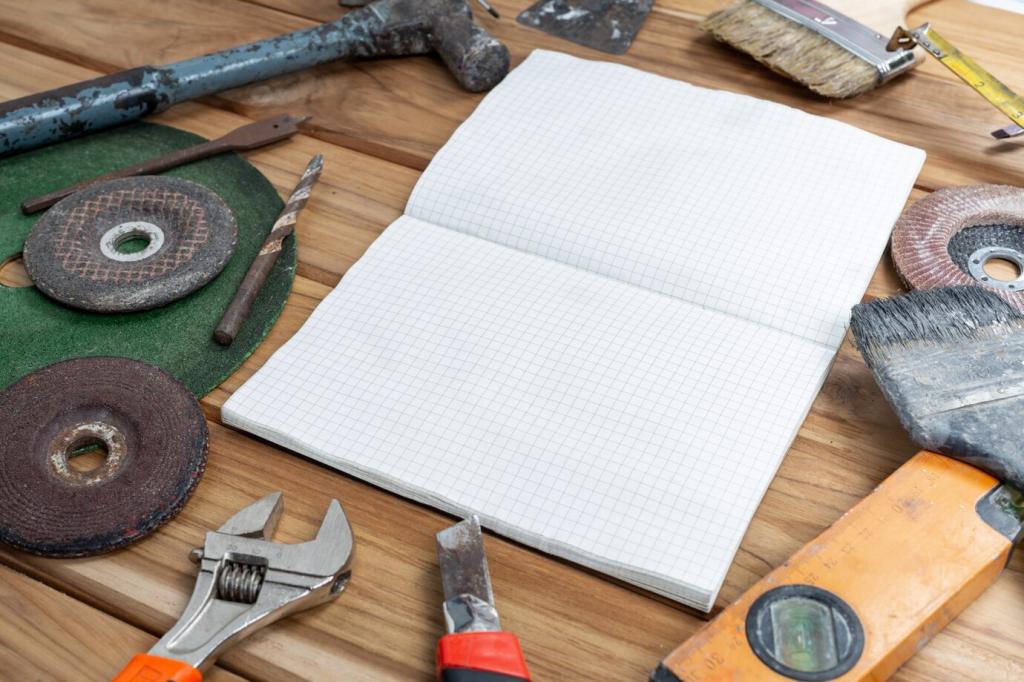

This is the heading
Lorem ipsum dolor sit amet, consectetur adipiscing elit. Ut elit tellus, luctus nec ullamcorper mattis, pulvinar dapibus leo.

This is the heading
Lorem ipsum dolor sit amet, consectetur adipiscing elit. Ut elit tellus, luctus nec ullamcorper mattis, pulvinar dapibus leo.
Stories from Real Installations
One reader hid a wall safe behind a hinged canvas. During a brief break-in, thieves rifled drawers but ignored the art. Because access was quick, passports were stored there daily, proving convenience fuels consistent use. Share your concealment wins, big or small, to guide newcomers.
Stories from Real Installations
Another reader installed a floor safe near a foundation wall and later faced a sump failure. Documents survived thanks to dry bags and silica gel, but they added a better seal and humidity sensor afterward. Tell us your safeguards, and subscribe for our emergency preparedness checklist.
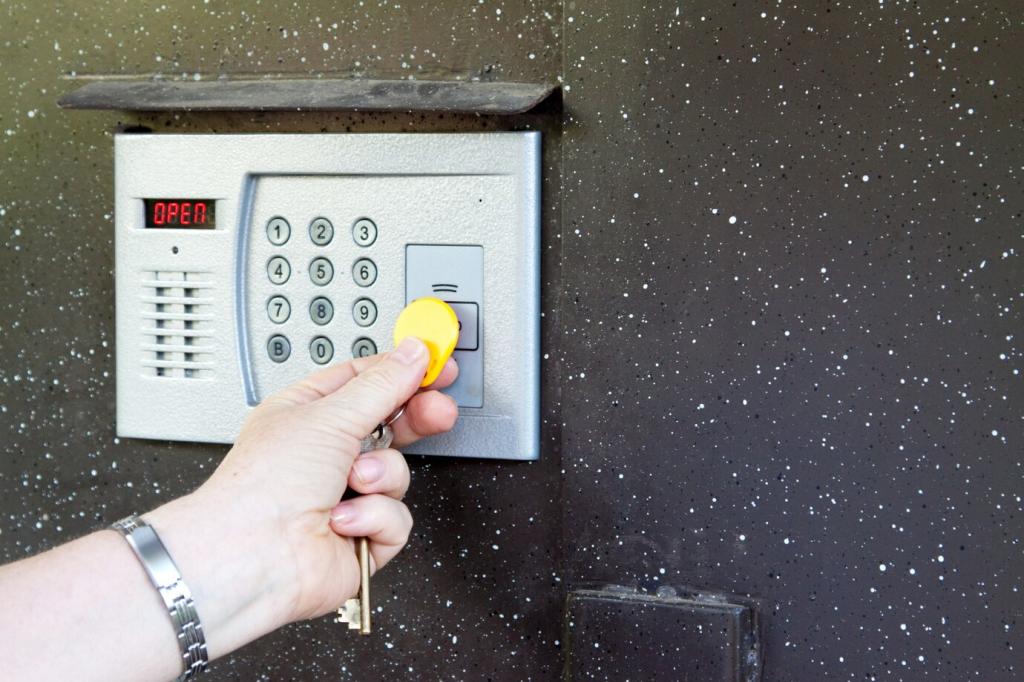
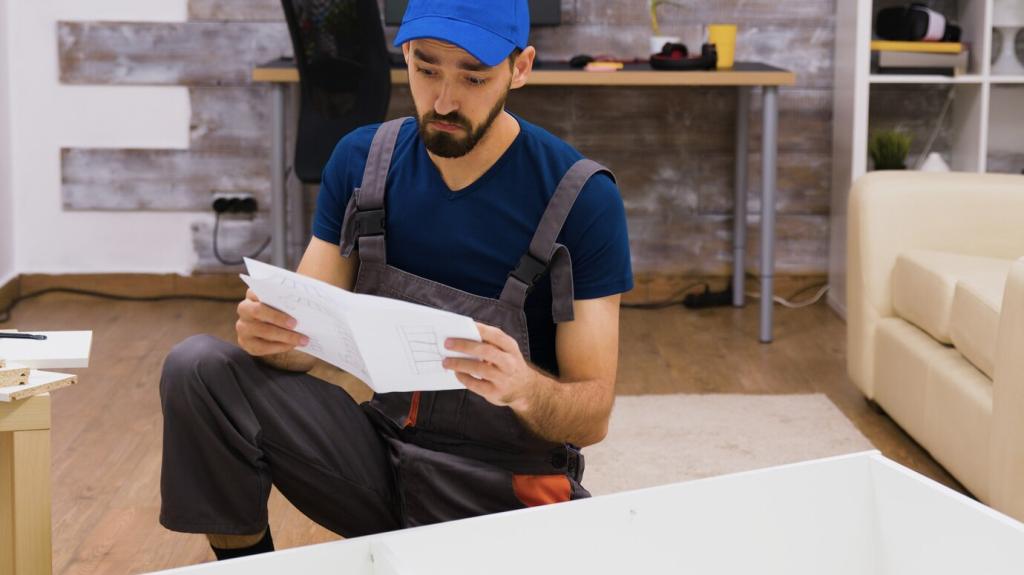
A Clear Decision Framework You Can Use Today
Rate convenience, concealment realism, structural feasibility, humidity exposure, and access frequency for wall versus floor placements. The higher aggregate wins, but note any deal-breakers. Post your scores below and compare with peers to refine your thinking before you commit tools and time.

